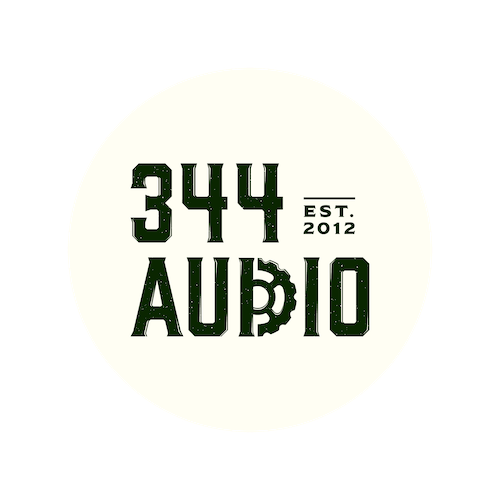



A spotting session is where the director and the audio team meet to discuss the sonic elements of a film. This usually means watching through the project and marking elements that need to be recorded/edited/created. Spotting for sound is an extremely important part of the sound design process, as it establishes a clear communication of the director’s vision to the audio team. It also allows you to make firm creative choices early on, leaving more time to spend on design/recording/editing, rather than correcting generalised notes.
Here are 5 key things to discuss with your director during a sound design spotting session.
Every film has its own unique tone & aesthetic. You should discuss what feelings you are trying to convey to the audience with the sound design. Is the film gritty and realistic, or is it more light-hearted and fun? Even two films within the same genre can be wildly different in terms of tone and atmosphere, so it's crucial to get a solid understanding of the tone of the project. Discuss what specific devices will be used to create the atmosphere of the film. Think about how the sound design will complement other elements such as lighting, colour scheme, and cinematography. You may also want to look at other films for references and inspiration.
You should talk about the world that the characters inhabit, and build up a picture of the sounds they make up that world. What is the setting of your film? Is the film set in a different country or time period? What kind of background sounds are expected in this world? The location and time period of the story will have a huge impact on the kind of sounds that will be encountered by the characters, and it's up to you to pull the audience into the world of the film with sound. This is most obvious in genres like sci-fi and fantasy, but even in fictional worlds more similar to our own, it pays not to overlook small details. For example, using an ambulance siren from the wrong country can really break the immersion.

Watch through the project with a pen and paper and mark specific moments for sound design. Make a note of the time code, the action occurring on-screen and the character the action refers to. For example - 01:04:52:00 - John - Picks up the photo frame. These moments could be simple things like character interactions with objects/props, or they could be bigger moments that push the narrative forward. Get the director to say a few words of guidance for each moment and write them down. This will give you a reference to work from when doing the first pass, and also provides further indication of the director's intentions for a scene. Even small moments like a door being closed can be used by the director to convey emotion and subtext.
The spotting session is the perfect time to flag up any problem areas within the film. These could be issues such as compromised dialogue recordings, poor location sound or continuity errors within the film itself. There may also be certain scenes that are waiting upon delivery of VFX. Talk through all the issues you may encounter and put together a plan for how you will solve them.

Before the spotting session is complete, you should discuss the timeline for the completion of the project, and agree on milestones with the director. For example, what is the project deadline? When should the first mix be delivered, and what is expected in the first mix, etc.
You should both be clear on exactly what you are responsible for and what the delivery requirements are.
We hope you find these tips useful. Have fun implementing them into your spotting sessions.

344 Audio is an Audio Post Production Company in Manchester.
If you enjoyed this post, discover our Ultimate Guide to Audio Post-Production.
Curious to hear our work? Listen to our portfolio.
Keen to learn more about Foley? Explore our Creative Foley Workshop.
Eager to learn more about Audio Post and Sound Design? Explore our Audio Post Essentials Course.
We also have Pro Tools templates and sound effects available for purchase.